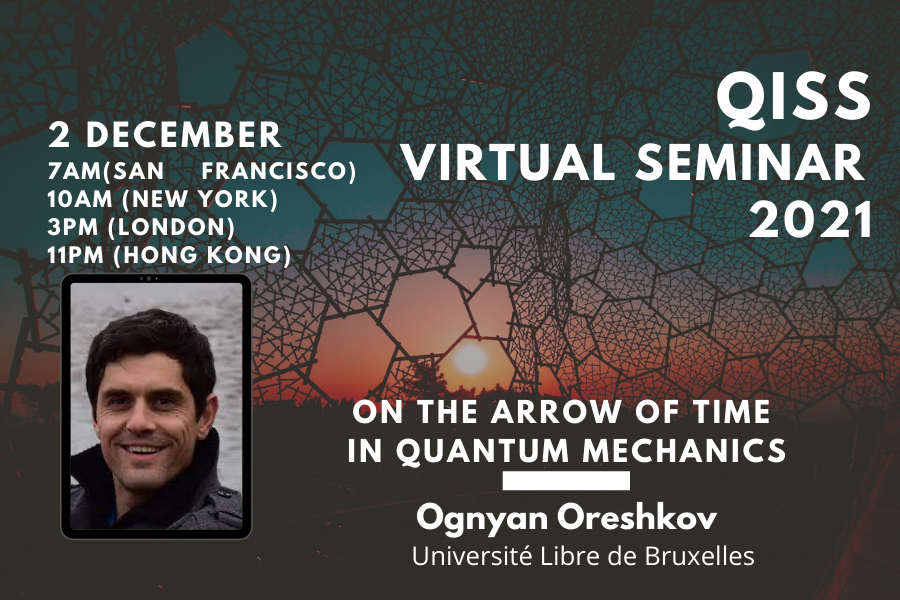Quantum Causal Unravelling
Compleprocesses often arise from sequences of simpler interactions involving a few particles at a time. These interactions, however, may not be directly accessible to experiments. Here we develop the first efficient method for unravelling the causal structure of the interactions in a multipartite quantum process, under the assumption that the process has bounded information loss and induces causal dependencies whose strength is above a fixed (but otherwise arbitrary) threshold. Our method is based on a quantum algorithm whose complexity scales polynomially in the total number of input/output systems, in the dimension of the systems involved in each interaction, and in the inverse of the chosen threshold for the strength of the causal dependencies. Under additional assumptions, we also provide a second algorithm that has lower complexity and requires only local state preparation and local measurements. Our algorithms can be used to identify processes that can be characterized efficiently with the technique of quantum process tomography. Similarly, they can be used to identify useful communication channels in quantum networks, and to test the internal structure of uncharacterized quantum circuits.
